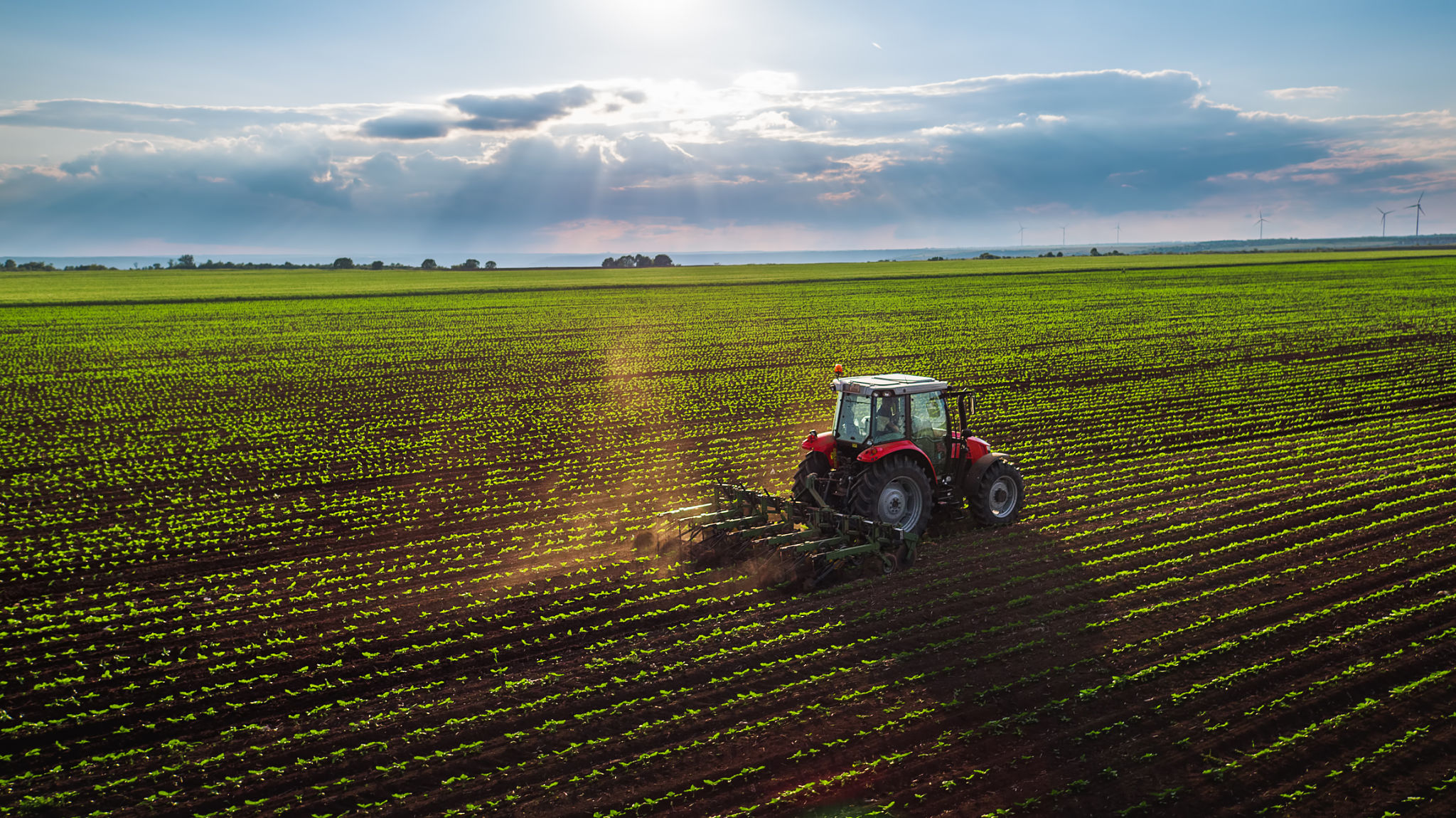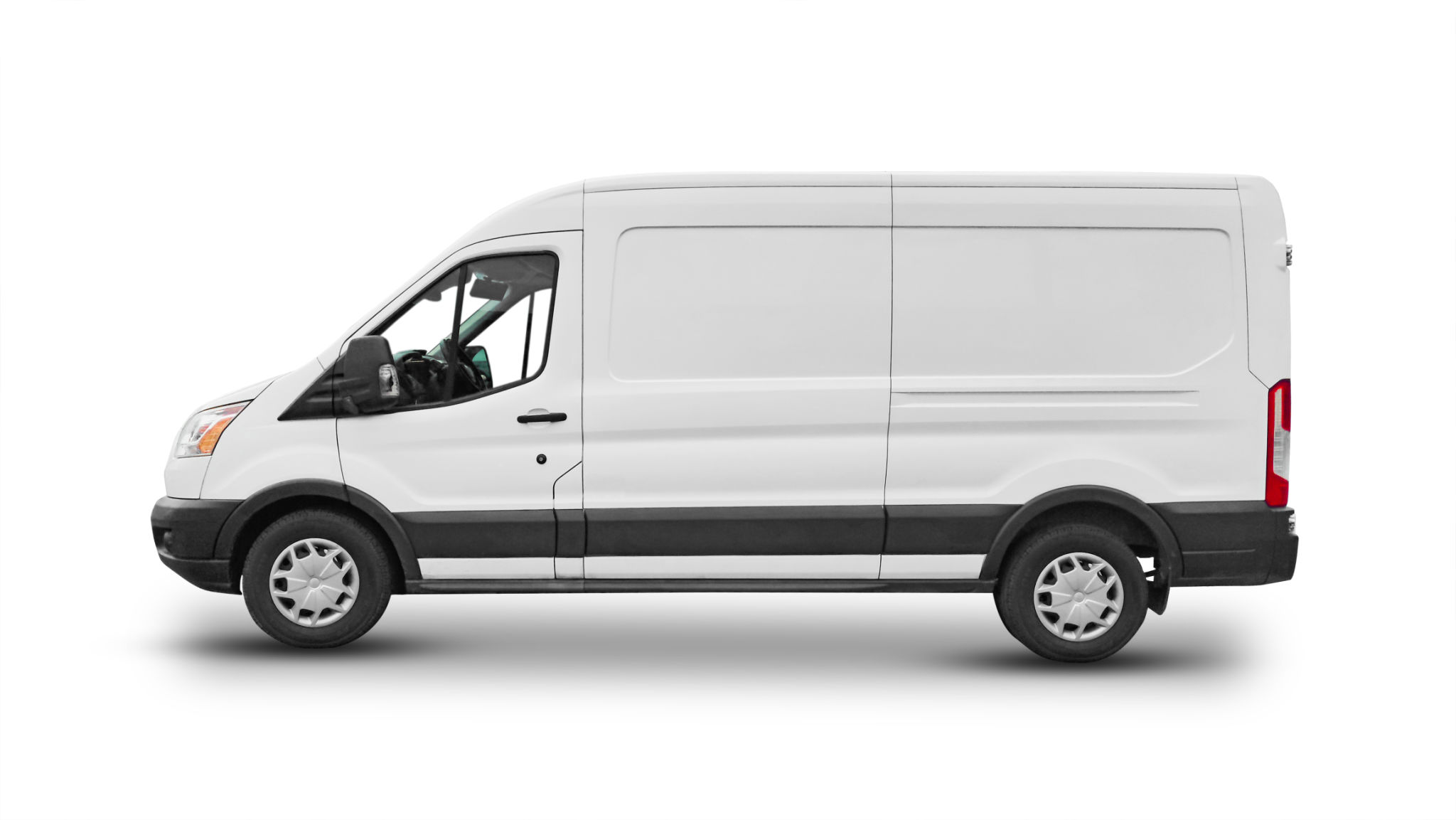How to Prepare Your Property for Dirt Delivery in Hawaii
Understanding Your Soil Needs
When planning for dirt delivery in Hawaii, it’s essential to first understand the type of soil you need. Different projects require different soil compositions, whether it's for gardening, landscaping, or construction. Consider the pH level, drainage needs, and fertility of the soil to ensure it meets your specific requirements.
Consulting with a local soil expert can provide valuable insights. They can help you determine the best type of soil for your project and inform you about any native plant species that might benefit from the local soil conditions.

Preparing Your Property
Assessing the Delivery Area
Before the dirt arrives, assess the area where the soil will be delivered and spread. Ensure there is enough space for delivery trucks to maneuver safely. This may involve clearing the area of any obstacles such as debris, vehicles, or low-hanging branches.
Protection and Safety Measures
Protect nearby plants and structures by covering them with tarps or other protective materials. This will prevent any accidental damage during delivery. Additionally, ensure safety measures are in place to guide delivery personnel and equipment operators, minimizing the risk of accidents.

Coordinating with Your Supplier
Communication with your supplier is crucial for a smooth delivery process. Confirm the delivery date and time, and discuss specific instructions related to your property. Providing clear directions and any special instructions in advance can prevent misunderstandings and delays.
It’s beneficial to have someone present on-site during delivery to oversee the process and address any issues that may arise. This person can also guide the placement of the soil if specific areas require more attention.

Storing and Handling Delivered Soil
Once your soil is delivered, you may need to store it temporarily before use. Keep it covered with a tarp to protect it from rain, which can compact the soil and make it more difficult to handle. Proper storage ensures that the soil remains in good condition until you are ready to use it.
When handling the soil, use appropriate tools such as wheelbarrows, shovels, and rakes. This will help distribute the soil evenly across your property and prevent excessive physical strain.
Post-Delivery Considerations
After the soil has been spread, take time to inspect your property. Check for any uneven areas or compaction that might need further attention. Watering the new soil lightly can help it settle more evenly into place.
Finally, evaluate your project’s progress and make any necessary adjustments. Whether it's planting new vegetation or completing a landscaping project, ensuring the soil is well-prepared will set a strong foundation for future growth.
